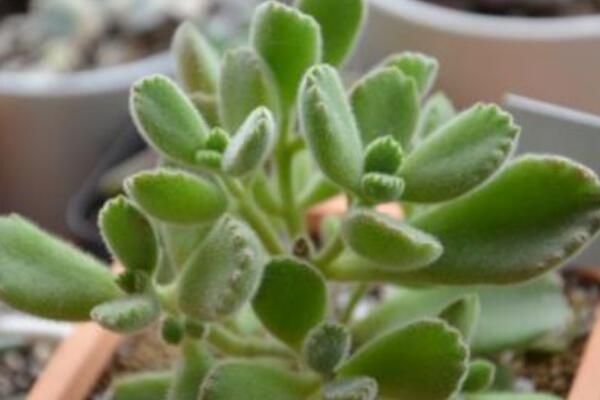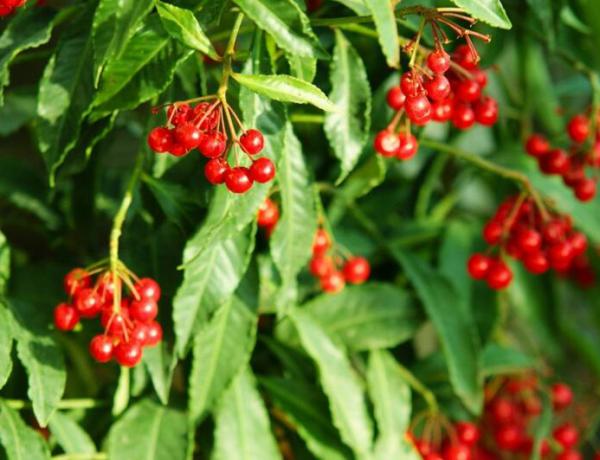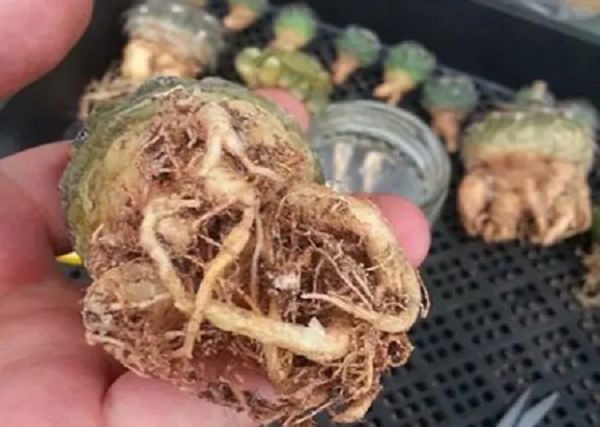The method of propagation by inserting bear paw leaves

The leaf insertion propagation of bear paw can be carried out in spring and autumn, and the substrate should be sandy soil with loose air permeability, good drainage and rich humus. Cut a strong branch from the mother plant and pay attention to keeping the top four leaves. After being sterilized and dried, the cuttings are cut into the substrate and take root in about 15 days.
Propagation steps of bear paw leaf insertion
I. Leaf insertion time
The appropriate cutting time should be chosen before bear paw leaves are propagated. Generally speaking, cutting is carried out in spring, summer and autumn, but generally speaking, cutting is the best in spring and autumn, because spring and autumn is its peak growth period, and the survival rate is relatively high after cutting, rooting and sprouting quickly. There would not be such a high guarantee rate in other seasons.
II. Matrix preparation
Bear paw leaves should prepare suitable soil before insertion, because they like to grow in sandy soil that is loose and permeable, well drained and rich in humus, so the most suitable proportion of soil is four parts of rotten leaf soil, three parts of garden soil and three parts of sandy soil. at the same time, add some base fertilizer.
Third, insert benefits and cut
In the selection of cuttings, it is generally based on the branches with relatively strong and full growth, cut a section of robust branches from the mother plant, pay attention to keeping the top 4 leaves, and disinfect the wound with potassium permanganate solution. put it in a cool and ventilated place to dry.
4. Cutting substrate
After drying, the cutting of Cymbidium will be cut in the soil with a depth of 2-4 cm, and the proper amount of watering will maintain a certain degree of wettability. after about half a month or so, the root system will be seen, which indicates that the cutting has survived. When new leaves are grown, they can be planted in pots.
Related
- Fuxing push coffee new agricultural production and marketing class: lack of small-scale processing plants
- Jujube rice field leisure farm deep ploughing Yilan for five years to create a space for organic food and play
- Nongyu Farm-A trial of organic papaya for brave women with advanced technology
- Four points for attention in the prevention and control of diseases and insect pests of edible fungi
- How to add nutrient solution to Edible Fungi
- Is there any good way to control edible fungus mites?
- Open Inoculation Technology of Edible Fungi
- Is there any clever way to use fertilizer for edible fungus in winter?
- What agents are used to kill the pathogens of edible fungi in the mushroom shed?
- Rapid drying of Edible Fungi



